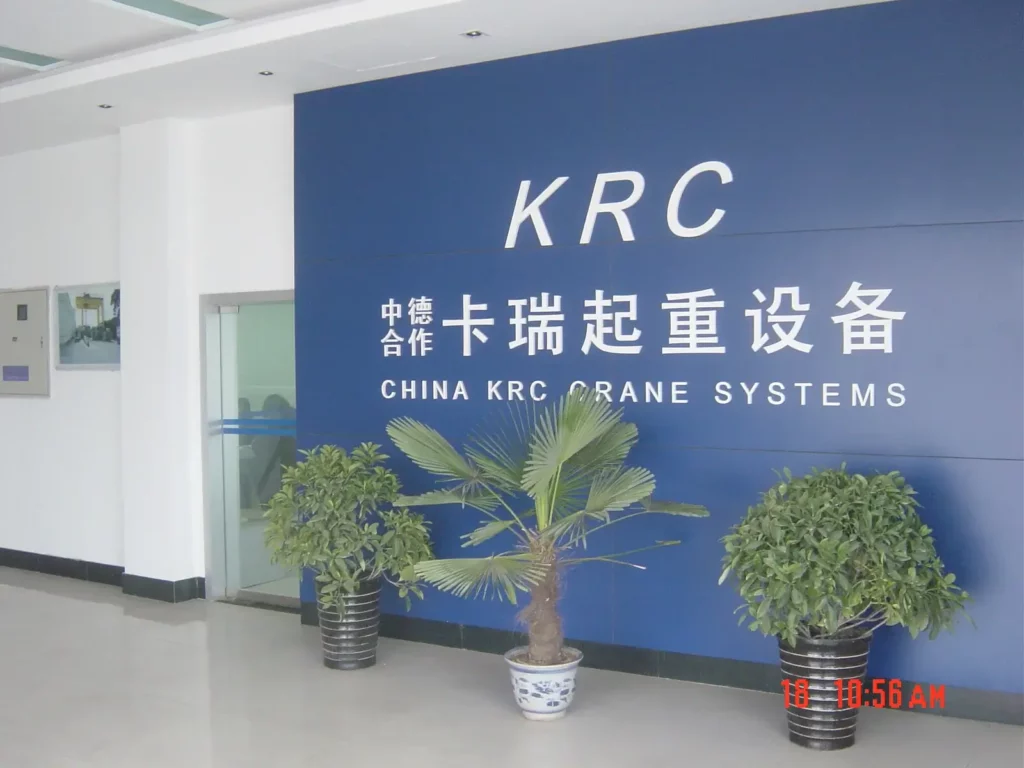The tower crane jib section is a critical component in the construction industry, particularly in China, where rapid urbanization demands efficient lifting solutions. Understanding the intricacies of jib design and functionality is essential for engineers, project managers, and construction professionals. This guide delves into the various types of jibs, their structural significance, and the innovations shaping their development.
Readers can expect to learn about the engineering principles behind jib sections, including load distribution and material selection. We will explore the latest advancements in technology that enhance safety and performance. Additionally, the guide will cover best practices for maintenance and inspection, ensuring that tower cranes operate at peak efficiency throughout their lifespan.
By the end of this guide, readers will have a comprehensive understanding of tower crane jib sections, equipping them with the knowledge to make informed decisions in their projects. Whether you are a seasoned professional or new to the field, this resource will provide valuable insights into one of the most vital aspects of modern construction.
Comprehensive Guide to Tower Crane Jib Sections
Introduction
The Tower Crane Jib Section is a robust and reliable component designed to enhance the performance and safety of tower cranes. Crafted with precision, this jib section is manufactured in state-of-the-art factories, ensuring superior quality and durability. As a leading supplier in the industry, companies like Jiangxi Zhongtian Intelligent Equipment Co., Ltd. and IHURMO prioritize customer satisfaction by providing products that meet international standards and regulations. This guide will delve into the technical features, types, and applications of tower crane jib sections.
Technical Features of Tower Crane Jib Sections
Tower crane jib sections are essential for the effective operation of tower cranes. Below is a comparison table highlighting the key technical features of various jib sections:
| Feature | Standard Jib Section | Luffing Jib Section | Flat Top Jib Section |
|---|---|---|---|
| Material | Q345B Steel | Q345B Steel | Q345B Steel |
| Load Capacity | Up to 25 tons | Up to 20 tons | Up to 16 tons |
| Jib Length | 30m – 75m | 30m – 60m | 30m – 75m |
| Design Type | Modular | Articulated | Fixed |
| Installation | Bolt or Pin | Bolt or Pin | Bolt or Pin |
| Weight | Varies by length | Varies by length | Varies by length |
| Applications | General construction | Tight spaces | High-rise buildings |
Types of Tower Crane Jib Sections
Tower crane jib sections come in various types, each designed for specific applications and operational needs. The following table compares the different types of jib sections:
| Type | Description | Advantages | Disadvantages |
|---|---|---|---|
| Standard Jib | A fixed horizontal arm extending from the crane. | Simple design, easy to install. | Limited maneuverability. |
| Luffing Jib | An articulated jib that can raise and lower its angle. | Greater flexibility in tight spaces. | More complex mechanics. |
| Flat Top Jib | A flat design that allows for more lifting height and stability. | Ideal for high-rise construction. | Requires more space for operation. |
| Hammerhead Jib | A traditional design with a horizontal arm and a counter-jib. | High load capacity. | Heavier and requires more support. |
Applications of Tower Crane Jib Sections
Tower crane jib sections are crucial in various construction scenarios, including:
- High-Rise Buildings: Flat top jib sections are commonly used in skyscraper construction due to their ability to lift heavy loads to great heights.
- Urban Infrastructure: Luffing jibs are ideal for urban construction sites where space is limited, allowing for efficient lifting without obstructing surrounding areas.
- Industrial Projects: Standard jibs are often utilized in industrial settings for general lifting tasks, providing reliable performance.
Conclusion
In conclusion, tower crane jib sections play a vital role in the construction industry, enhancing the efficiency and safety of lifting operations. With various types available, including standard, luffing, and flat top jibs, each designed for specific applications, it is essential to choose the right jib section for your project needs. Companies like Sytopkit Tower Crane and Sytoples Tower Crane offer a range of high-quality jib sections to meet diverse construction requirements. Understanding the technical features and applications of these components will help ensure successful project execution.
FAQs
1. What is a tower crane jib section?
A tower crane jib section is a horizontal arm that extends from the crane, allowing it to lift and move loads efficiently.
2. What materials are used in manufacturing jib sections?
Most jib sections are made from high-quality Q345B steel, ensuring durability and strength.
3. How do I choose the right jib section for my project?
Consider factors such as load capacity, jib length, and the specific requirements of your construction site when selecting a jib section.
4. Can luffing jibs operate in tight spaces?
Yes, luffing jibs are designed to operate efficiently in confined areas, making them ideal for urban construction projects.
5. Where can I find high-quality tower crane jib sections?
You can find a variety of high-quality jib sections at suppliers like Morrow, IHURMO, and Sytopkit Tower Crane.


